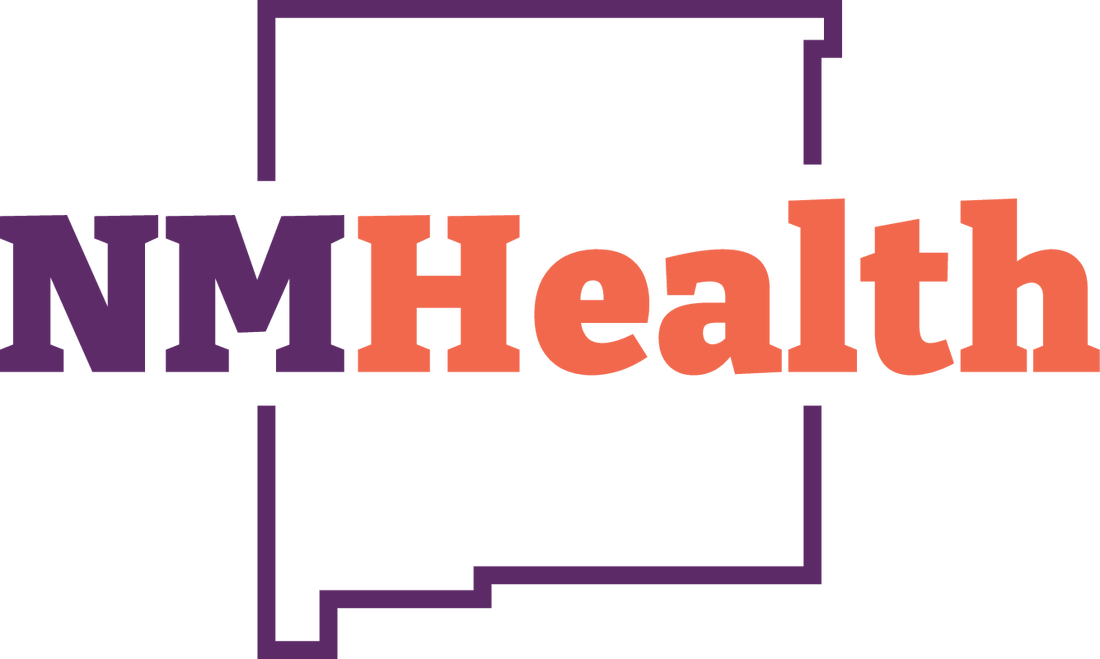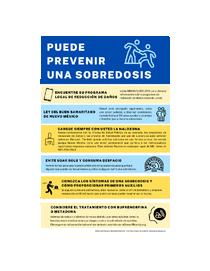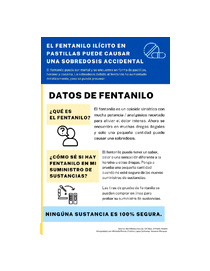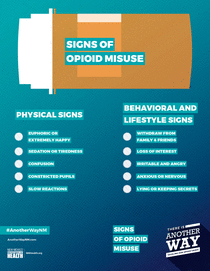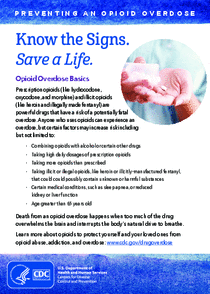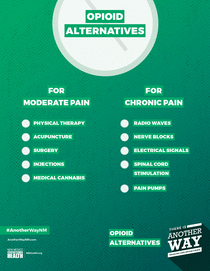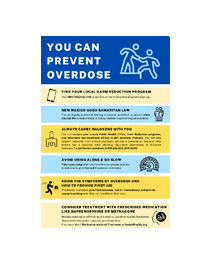General
 NMDOH Marks The End of The 2023 - 2024 Influenza Season
Health Emergency Management - General
May 2, 2024
NMDOH Marks The End of The 2023 - 2024 Influenza Season
Health Emergency Management - General
May 2, 2024
NMDOH Marks The End of The 2023 - 2024 Influenza Season
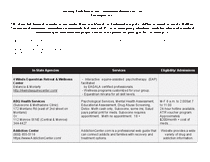 Healing Addiction in our Community
Opioid Safety - General
April 26, 2024
Healing Addiction in our Community
Opioid Safety - General
April 26, 2024
Healing Addiction in our Community Resources List
 Tarjeta educativa sobre el fentanilo
Opioid Safety - General
April 26, 2024
Tarjeta educativa sobre el fentanilo
Opioid Safety - General
April 26, 2024
Tarjeta educativa sobre el fentanilo
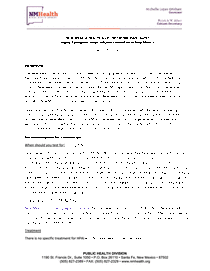 Highly Pathogenic Avian Influenza Identified in New Mexico for Veterinarians - April 16, 2024
Health Emergency Management - General
April 24, 2024
Highly Pathogenic Avian Influenza Identified in New Mexico for Veterinarians - April 16, 2024
Health Emergency Management - General
April 24, 2024
Highly Pathogenic Avian Influenza Identified in New-Mexico for Veterinerians
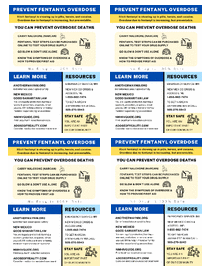 Prevent Fentanyl Overdose
Opioid Safety - General
April 22, 2024
Prevent Fentanyl Overdose
Opioid Safety - General
April 22, 2024
Illicit fentanyl is showing up in pills, heroin, and cocaine
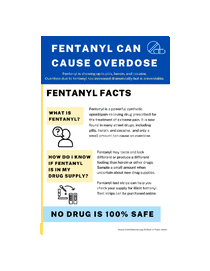 Fentanyl can cause overdose
Opioid Safety - General
April 22, 2024
Fentanyl can cause overdose
Opioid Safety - General
April 22, 2024
Fentanyl is showing up in pills, heroin, and cocaine.
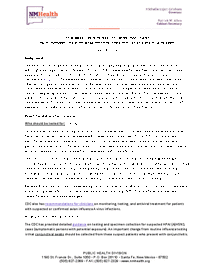 Highly Pathogenic Avian Influenza identified in New Mexico Cattle and Texas Resident-April 4,2024
Health Emergency Management - General
April 4, 2024
Highly Pathogenic Avian Influenza identified in New Mexico Cattle and Texas Resident-April 4,2024
Health Emergency Management - General
April 4, 2024
Highly Pathogenic Avian Influenza identified in New Mexico Cattle and Texas Resident
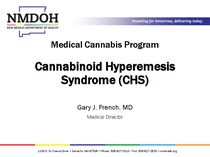 Cannabinoid Hyperemesis Syndrome
Information for Healthcare Providers & Practitioners - General
April 1, 2024
Cannabinoid Hyperemesis Syndrome
Information for Healthcare Providers & Practitioners - General
April 1, 2024
Cannabinoid Hyperemesis Syndrome
 Update for Clinicians on Testing, Treatment, and Vaccination for Monkeypox (MPOX) - March 18,2024
Health Emergency Management - General
March 25, 2024
Update for Clinicians on Testing, Treatment, and Vaccination for Monkeypox (MPOX) - March 18,2024
Health Emergency Management - General
March 25, 2024
MPOX cases have declined in the United States since the peak of the outbreak in mid-August
 Increasing Incidence of Measles - March 5, 2024
Health Emergency Management - General
March 5, 2024
Increasing Incidence of Measles - March 5, 2024
Health Emergency Management - General
March 5, 2024
The New Mexico Department of Health (NMDOH) is notifying healthcare providers that there is an increasing incidence of measles in the United States and in other countries.
 Proclamation - Colorectal Cancer Awareness Month
Comprehensive Cancer Control - General
March 4, 2024
Proclamation - Colorectal Cancer Awareness Month
Comprehensive Cancer Control - General
March 4, 2024
Proclamation - Colorectal Cancer Awareness Month
 CDC Recommends Additional Updated COVID-19 Dose for Older Adults - February 29, 2024
Health Emergency Management - General
March 4, 2024
CDC Recommends Additional Updated COVID-19 Dose for Older Adults - February 29, 2024
Health Emergency Management - General
March 4, 2024
On February 28, 2024, the Centers for Disease Control and Prevention (CDC) endorsed the Advisory Committee on Immunization Practices (ACIP) recommendation for adults aged 65 years and older to receive an additional dose of the updated 2023-2024 COVID-19 vaccine.
 New Mexico Data Show Opportunity to Improve High-dose Influenza Vaccination for Patients 65 years and Older
Health Emergency Management - General
January 9, 2024
New Mexico Data Show Opportunity to Improve High-dose Influenza Vaccination for Patients 65 years and Older
Health Emergency Management - General
January 9, 2024
Healthcare providers in New Mexico can improve coverage with lifesaving vaccines and antivirals for influenza this season. Influenza vaccination coverage among adults ≥65 years old in New Mexico has increased between the previous two seasons, but at 63% this high-risk population remains below the full population Healthy People 2030 target of 70%.
 High-dose Vaccination and Use of Antiviral Drugs for Influenza Hospitalizations: New Mexico 2021-2023
Influenza Surveillance - General
January 3, 2024
High-dose Vaccination and Use of Antiviral Drugs for Influenza Hospitalizations: New Mexico 2021-2023
Influenza Surveillance - General
January 3, 2024
Flu Uptake Changes According to ACIP Recommendations

